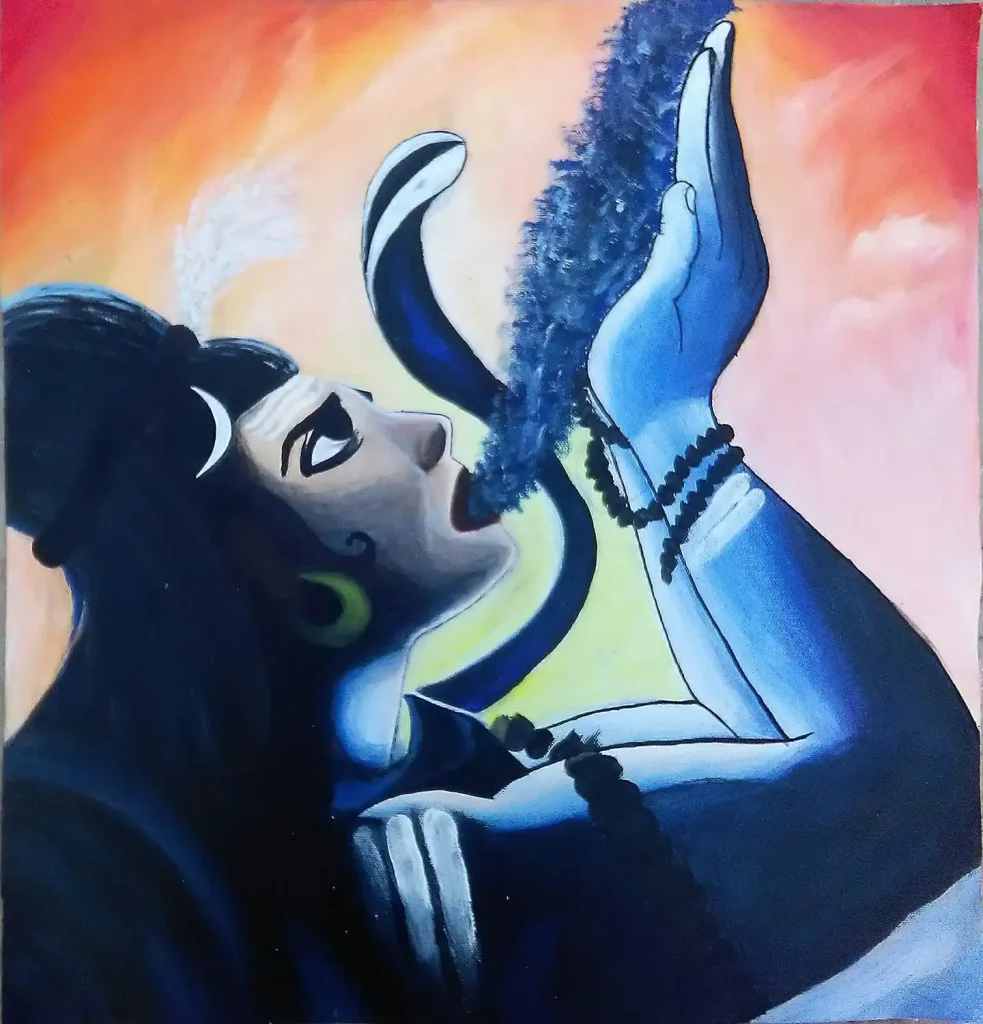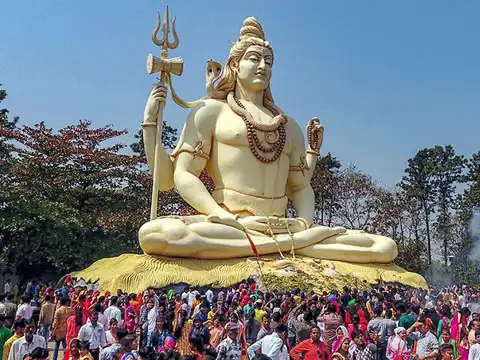Muhammad Ali
He won and defended the heavyweight championship in epic fights in exotic locations. He spoke loudly on behalf of the blacks. He refused to be drafted into the Army during the Vietnam War. Despite his debilitating illness, he travelled around the world to receive rapturous reception. Discover how Ali became a modern icon.
17 January 1942 - A star is born
Marcellus Clay Jr. (original name of Muhammad Ali) was born on January 17, 1942, in Louisville, Kentucky, USA. His father was a sign painter and his mother a part-time cook and cleaner for wealthy families.
17 January 1954 - A stolen gift
When Clay was 12 years old, his bike was stolen. Furious, Clay went to report the theft to a local policeman named Joe Martin. Martin was a boxing instructor. As Clay threatened to find and beat up the thief, Martin suggested he learnt how to fight before dishing out threats. Martin became Clay's first trainer. Clay soon won an array of titles under Martin's guidance.
5 September 1960 - Clay wins gold
At 18, Clay qualified for the Olympics in Rome. He charmed the world media and proved popular among his fellow athletes. He proved himself in the ring too, winning gold as a light-heavyweight.
29 October 1960 - Turning professional
Eight weeks after his victory in Rome, Clay won his first professional bout. He faced tough opponents, including popular Englishman Henry Cooper and proved his supremacy.
6 March 1964- Muhammad Ali is born
In 1964, Clay publicly acknowledged he was a member of the religious movement. In March, he was given the name Muhammad Ali by his spiritual mentor. Ali was criticized in some circles. For many, he was a symbol of black pride, refusing to play the role of the 'compliant negro' in order to gain acceptance from the white establishment.
28 April 1967 - Ali vs US government
As war unfolded in Vietnam, Ali received a notice drafting him into the US Army. Ali objected to serving in the military because of his religious beliefs. He also protested the mistreatment of the black Americans. He was stripped off his championship, indicted for draft evasion, fined $10,000 and sentenced to five years in prison. Three years later, his conviction was overturned.
10 December 1974 - A global superstar
He fought in three different decades, finished with a record of 56-5 with 37 knockouts. He was the first man to win heavyweight titles three times. His famous fans included Elvis, Bertrand Russell and Nelson Mandela. In an effort to heal the rifts caused by the war in Vietnam and racial divisions, President Gerald Ford invited him to the White House in December 1974.
1 October 1975 - Thrilla in Manilla
The Thrilla in Manila was the third and final boxing match between Muhammad Ali and Joe Frazier. It was contested in 1975 for the Heavyweight Championship of the World at the Araneta Coliseum in Manila, Philippines. Ali won by technical knockout (TKO). The name of the contest is derived from the frequent rhyming boast made by Ali that the fight would be a "killa and a thrilla and a chilla, when I get that gorilla in Manila."
1984 - A new fight
In the early 1980s, Ali developed noticeable tremors and slurs in his speech. In 1984, he was diagnosed with Parkinson's.
Ali's physicians linked his condition to the repeated blows to the head sustained during his boxing career. Ali, however, had stated that he did not believe his condition was caused by boxing.
In the ensuing years, Ali became a visible symbol of courage in the face of physical disability and helped raise millions of dollars for the Muhammad Ali Parkinson's Center.
29 June 1990 - Fighter turned philanthropist
Throughout his retirement, Ali has devoted himself to humanitarian work and charitable causes.
In 1990, Ali met Nelson Mandela in Los Angeles, paying his respects to a fellow advocate of civil rights and political freedom.
9 July 1996 - An emotional return
In the summer of 1996, a trembling Muhammad Ali lit the Olympic flame in Atlanta.
His appearance generated a worldwide outpouring of love, reaffirming his status as an iconic symbol of tolerance, understanding and courage.
14 Nov 2005 - The champion honoured
In 2005, Ali was awarded the Presidential Medal of Freedom, the highest honour that can be bestowed on a civilian in America. Although he did not speak, Ali's sense of humour was still on full display. When President Bush threw a mock punch at the former champion, Ali twirled a finger round his head to indicate he would be crazy to take him on in a fight.
Boxing legend Muhammad Ali
Boxing legend Muhammad Ali - one of the world's greatest sporting figures died at the age of 74 on 3rd June 2016. No athlete has been more written about, talked about, eulogized, defined and redefined than Muhammad Ali in the field of boxing.











































